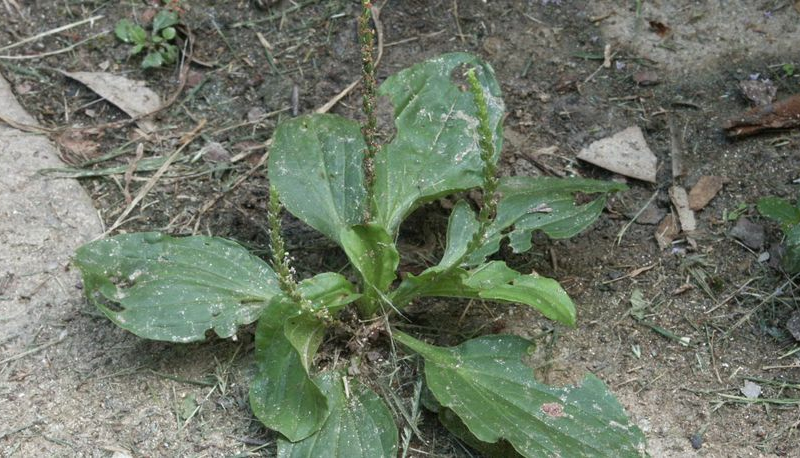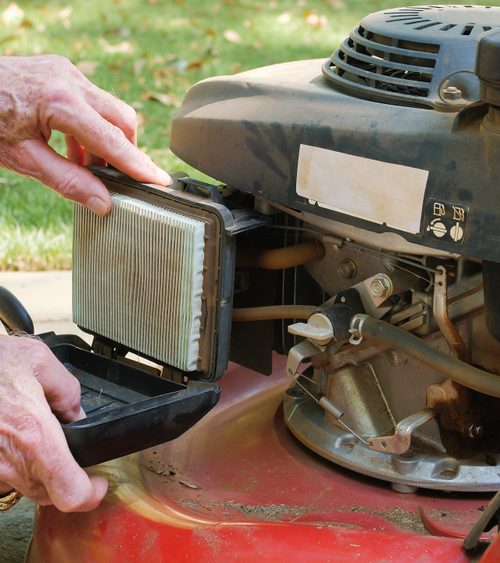By Walter Reeves, For the AJC
Troy Warren for CNT #HomeGarden
Q: I have plantain that has just about taken over my backyard this last summer. What can I do to get rid of it? Vicki Alldread, email
A: Broadleaf and buckhorn plantain are commonly found growing in compacted soil. Their fibrous root system allows them to grow where more desirable plants can’t thrive. Digging individual plants won’t work because you’ll always leave behind a few root pieces that will sprout into new weeds. Spraying with weed killer is not a cure; it just delays their inevitable return. If you don’t fix the compacted soil, these or similar weeds will come again. Relieving compaction is straightforward: You have to dig up the dirt where the weeds grow. Early winter is a great time to do this because there are usually a few warm afternoons that make working outdoors more pleasant. Once the earth is disturbed, protect it by planting things you like or by spreading mulch over the area.
Q: I have a strange request that I’m trying my very best to fulfill for my son. He is a huge lover of insects. He would like to have a katydid for a pet. Are there local species that are not considered invasive and could be kept as a pet instead? Kristen Swearingen, email

A: There are several native species of katydid. They look like a bright green grasshopper, with a pair of long rear legs that propel their jumping. Their green coloration makes katydids hard to find in nature. I know they’re here because I hear their raspy call, made by rubbing their legs together, every summer. Unfortunately, you won’t find any outdoors in December since they survive year to year by laying eggs in late summer. The eggs hatch in spring and the nymphs go through several molts of their skin before reaching adulthood. Most eat plant leaves but some eat small insects. I’m told that Giant Katydid, Stilpnochlora couloniana, is often kept as a pet but it is native to Cuba. I have no idea where they can be purchased in the U.S.
Q: I over-seeded my fescue lawn in early November. I applied starter fertilizer with the seed but nothing since. Per your fescue calendar, the next fertilizer treatment should be in February. Would you encourage a fertilizer application in December or wait until February? Tom Pinotti, email
A: I would fertilize now. The fall and winter months are the time of most vigorous growth of fescue, and it needs more than just starter fertilizer. You can use any fertilizer labeled for lawns but avoid those that have weed killer so you don’t hurt the new seedlings. Care and maintenance calendars for all lawn grasses are available at bit.ly/GAlawncal.


































